Animals that run fast often have the following characteristics: slender and flexible bodies, strong muscles, light bone structure, large lungs and hearts, excellent vision and reaction speed, etc. These characteristics enable animals that run fast to They have important advantages in hunting prey, escaping from predators, or migrating long distances. Different species of animals also have different running speeds and characteristics, which allow them to better adapt to their environment and lifestyle. Do you know which animals are the fastest? This article has compiled a ranking of the top ten fastest animals in the world, including cheetah, pronghorn, springbok, African ostrich, wildebeest, lion, Indian blackbuck, hare, greyhound, African wild dog, etc. Let’s take a look. .
1. Cheetah (scientific name: Acinonyx jubatus)
The cheetah is a medium-sized cat that lives in Africa and South Asia. It is also the fastest land animal in the world. They have short gray or tan fur with black spots and tear marks. They can reach 1.4 meters in length and weigh about 45-60 kilograms.
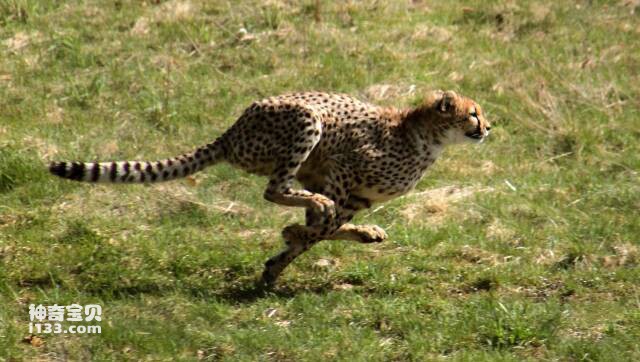
Cheetahs feed primarily on gazelles, using their incredible running speed to hunt them down. When cheetahs chase their prey, they can reach speeds of 110-120 kilometers per hour and accelerate to nearly 100 kilometers per hour in a short period of time, making cheetahs an extremely threatening predator. Cheetahs are solitary animals and, unlike other cats, do not usually form social groups with other cheetahs. The number of cheetahs is declining and they are currently listed as an endangered species.
2. Pronghorn (scientific name: Antilocapra americana)
The pronghorn is a medium-sized ruminant that lives in Africa and is one of the most common antelopes in sub-Saharan Africa. Pronghorns are very agile and fast animals and can reach speeds of about 80 kilometers per hour. This makes them one of the prime prey items for many predators, such as lions, leopards, and hyenas. In the wild, pronghorns typically escape predators by running. The pronghorn is about 1.5 meters long, about 0.9-1.2 meters high at the shoulder, and weighs between 40-65 kilograms. They get their name from their upright, branching horns, which can be up to 1 meter long. The horns of both males and females are long, but the male's horns are thicker and more complex in shape.
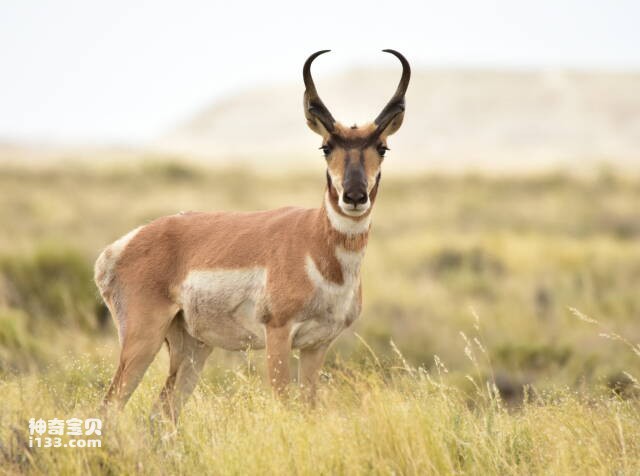
Pronghorns are primarily herbivorous, eating mainly grass, branches and leaves. They can survive for days without drinking water, getting enough water from plants to meet their needs. The pronghorn antelope is abundant and classified as a species of "least concern," but its numbers have also declined due to factors such as habitat destruction and overhunting.
3. Springbok (scientific name: Antidorcas marsupialis)
The springbok is a small artiodactyl that lives in the African savannah and desert areas. It is also one of the smallest antelopes in the world. They usually live in open plains or semi-desert areas and eat grass as their main food. The springbok is about 1-1.3 meters long, about 0.7-0.9 meters high at the shoulder, and weighs between 20-50 kilograms. It is small. Due to its long and strong hind legs, the springbok can run for a long time, with a maximum speed of more than 80 kilometers per hour. The springbok is very good at jumping. When jumping, the back is arched, the limbs are stretched down and close together, and the springbok leaps It can be as high as 3-3.5 meters, hence the name.
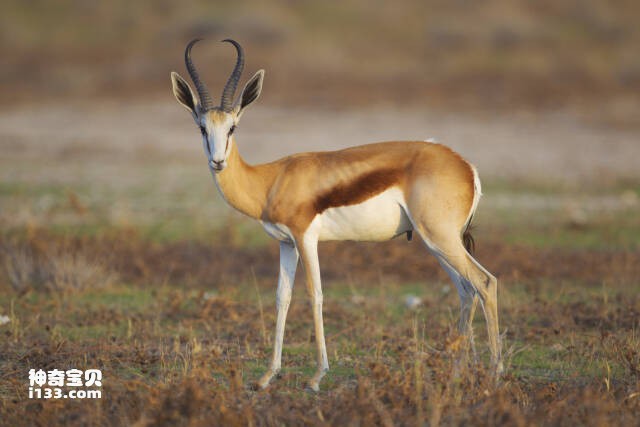
Springbok has a very beautiful appearance, with light brown or tawny fur, black and white stripes on its back, and white belly and buttocks. The male springbok has a unique feature - long, thin curved horns. These horns can be up to 30 centimeters long, tilted back and almost parallel to the head. Springboks are very social and organized animals that usually live in groups, with each group usually consisting of about 10 individuals. Despite their large numbers, habitat destruction and overhunting still threaten their survival.
4. African Ostrich (scientific name: Struthio camelus)
The African ostrich is a large bird that lives in sub-Saharan Africa and is one of the tallest, heaviest and fastest land birds in the world. They have long, strong legs, small, flat wings and a long neck, and can reach a height of 2.5 meters. The feathers of African ostriches are gray or brown. African ostriches are herbivores and mainly eat grass, seeds, fruits and insects. They can live for days without water because they get the moisture they need from their food. African ostriches are also known for their ability to run at high speeds, reaching speeds of 70 kilometers per hour, to escape predators in the wild.
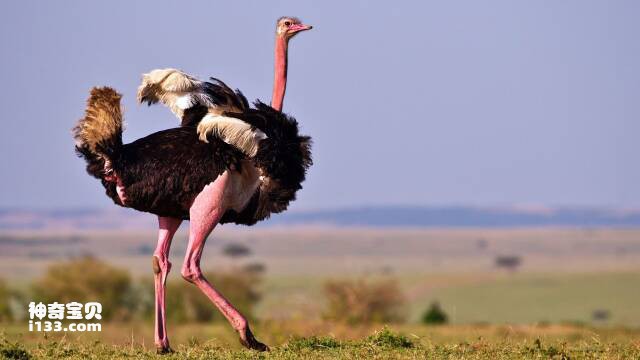
The African ostrich is a social and gregarious animal, usually forming groups of 10-20 individuals. Males tend to be larger than females, have brighter plumage colors, and perform special dances and calls to attract females during courtship. Although African ostriches are abundant, factors such as human hunting, habitat destruction and illegal trade still threaten their survival.
5. Wildebeest (scientific name: Connochaetes)
Wildebeest is a medium-sized mammal that lives on the African continent. They have bull heads, horse faces, and sheep whiskers. They have thick bodies and long and thin legs. They are about 2-3 meters long, 1.5-1.7 meters high at the shoulders, and can weigh up to 350 kilograms. Wildebeest are usually divided into two types: plains wildebeest and mountain wildebeest. The coat color of plains wildebeest is brownish-yellow, and the belly and the inside of the limbs are white; the coat color of mountain wildebeest is dark reddish brown, and the belly and the inside of the limbs are also white. They all have black stripes, which is one of their unique signs. Wildebeests have long beaks that help them eat twigs and shrubs, as well as dig through the ground to obtain water during times of drought.
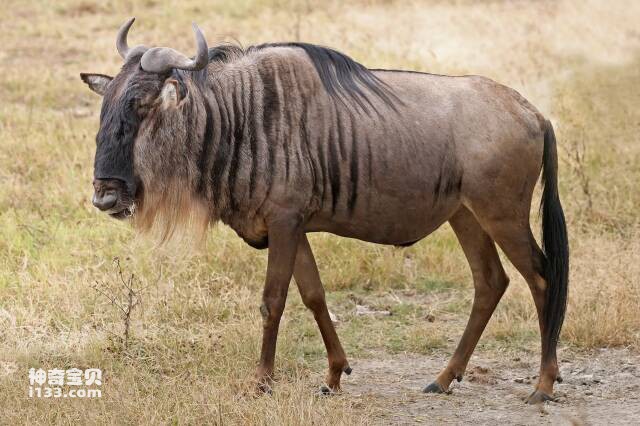
Wildebeests are herbivores, feeding mainly on grass and leaves. They can go long periods of time without water because they are highly adaptable to dry environments and can get the moisture they need from food. Wildebeests are also known for their agile running speed and can reach speeds of 60 kilometers per hour to escape predators in the wild. Despite their large numbers, hunting, habitat destruction, and illegal trade still threaten their survival. Wildebeest is listed as an endangered species and requires our protection and attention.
6. Lion (scientific name: Panthera leo)
The lion is a large cat that lives in Africa and Asia and is one of the most famous mammals on Earth. They are huge, with male lions reaching 1.2 meters in height at the shoulder and weighing more than 200 kilograms, while female lions are usually smaller. Lions have yellow or brown fur and thick manes. The manes of male lions are especially long and beautiful. Their sharp teeth can easily tear apart the skin and flesh of prey, so lions are known as the "King of the Grasslands." Lions are very agile and strong animals with amazing running speeds. They can reach speeds of 80 kilometers per hour in a short period of time. Although this speed can only be maintained for a few hundred meters, it is enough to give them an advantage in hunting.
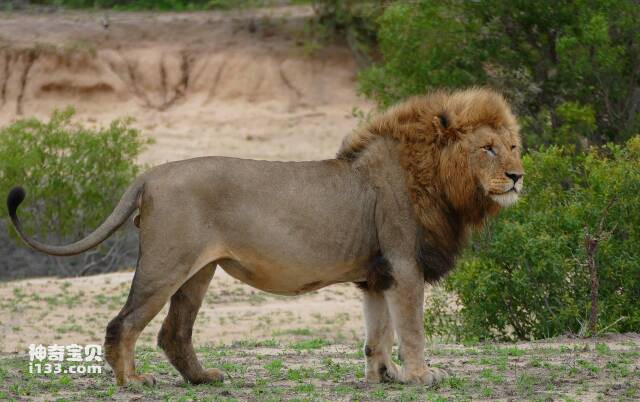
Lions are social animals and usually live in groups, called prides. Generally, each pride consists of one male lion, several females and their cubs. Lions are predators that feed on gazelles, zebras, buffalo, Elephants-Are-Endangered.html">elephants and other animals. They usually hunt at night and adopt a group coordination strategy to hunt. For large prey, they will surround them and drive them into a blind corner. Although lions are often portrayed as powerful and ferocious animals, they actually have a tender side. Lions can show affection for their companions, especially cubs and females, often sleeping together, grooming, and roaring to express their connection and affection.
However, lions are currently under serious threat due to factors such as human development activities, habitat destruction and illegal trade. Lions are listed as an endangered species and we need to take measures to protect their habitat and ecosystem.
7. Indian blackbuck (scientific name: Antilope cervicapra)
The blackbuck is a medium-sized ungulate that lives in the Indian subcontinent and Nepal. It is one of the endemic species of India. They are slender and elegant. The male blackbuck has beautiful black and white horns and is usually larger than the female. The body color ranges from light brown to dark brown, while the female is grey-brown.
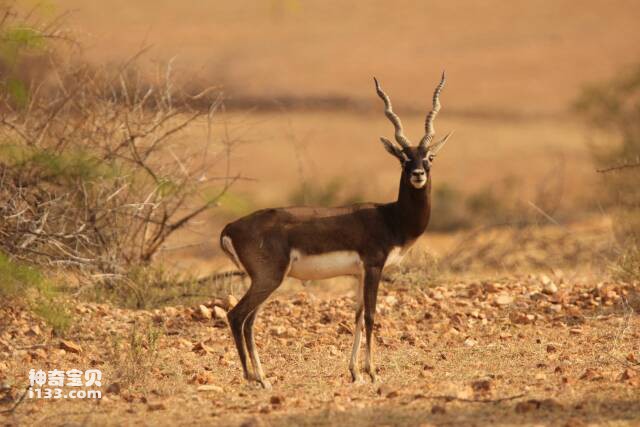
The blackbuck usually lives in grassland and savanna areas and feeds mainly on herbs. They are very fast and can reach 80 kilometers per hour, making them one of the fastest ungulates in the world. Male blackbucks also have wonderful jumping performances. They often compete during the mating season, leaping in the air and flipping several times to attract the attention of females.
However, the Indian blackbuck is currently under threat due to overhunting and habitat destruction. They are listed as a near-threatened species and we need to take measures to protect their living environment and ecosystem. The Indian government has launched an initiative to conserve this species and has established several wildlife sanctuaries across the country to protect the habitat of blackbucks and other rare animals.
8. Hare (scientific name: Lepus sinensis)
Hare is a small mammal that lives in different environments such as grasslands, forests, and deserts. They have gray-brown fur, short tails, forelimbs shorter than hindlimbs, a thin body, and long ears. Rabbits are very agile and flexible animals, with considerable running speed. They can reach speeds of 70 kilometers per hour in a short period of time, which is fast enough to escape most natural enemies. Rabbits are herbivores and feed mainly on herbs, leaves, fruits, etc. Due to their large populations, hares are also often eaten by other animals such as hawks, foxes and owls.
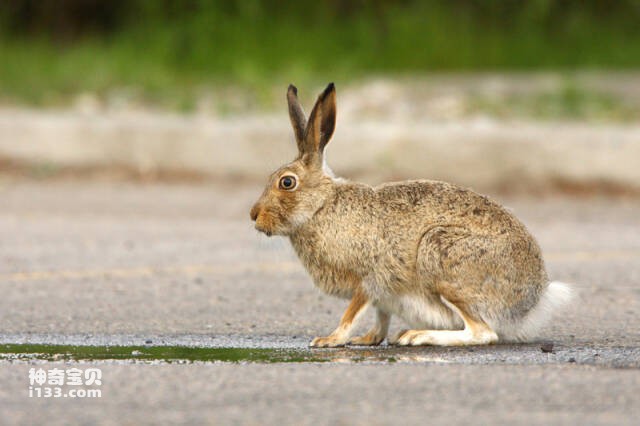
Hares are widely distributed around the world, especially in the northern hemisphere. They usually live at nightIt moves and uses its agile running ability to escape predators. Rabbits can leap from the ground quickly and even make lightning-fast 90-degree turns, keeping predators chasing them out of reach. Rabbits are also an important experimental animal because they are easy to cultivate and reproduce and have a genetic structure similar to humans, so they can be used in many medical and biological studies.
Overall, hares are interesting animals that play an important role in nature. Despite their large numbers, they still require our protection and attention to ensure the stability and health of their living environment and ecosystem.
9. Greyhound
The Greyhound is an ancient hound breed that originated in Europe. They have slender, well-proportioned bodies, long, fine hair, and agile athleticism, and are widely used for racing, hunting, and as household pets. Greyhounds usually have graceful, smooth gaits and extremely high running speeds, which can reach speeds of more than 65 kilometers per hour. They are one of the mammals with the fastest land speed after the cheetah. They also have excellent vision and sense of smell, which allows them to identify prey over long distances and pursue it with precision.

In addition to being greyhounds and hunting dogs, greyhounds are gentle and intelligent family pets. They are friendly, warm and loyal to their owners, making them suitable for living with the family. It is important to note that the Greyhound is a highly athletic dog that requires adequate exercise and exercise to maintain its physical health and well-being. In addition, since most dogs of this breed are obtained through breeding and selection, when purchasing, you should pay attention to choosing regular and professional kennels or dog owners to ensure their health and quality.
In general, the Greyhound is a beautiful, excellent, loyal and friendly dog. It is not only an excellent hunting and racing dog, but also a very popular family pet.
10. African wild dog (scientific name: Lycaon pictus)
The African wild dog, also known as the hunting dog, is a medium-sized canine that lives in Africa south of the Sahara Desert. They have spotted and scraggly hair and have excellent endurance and the ability to run long distances. They can reach speeds of more than 60 to 70 kilometers per hour when moving and are one of the fastest running mammals in the world. African wild dogs usually hunt in teams, using group intelligence and movement to track prey, and kill prey through high-speed running and precise strikes. African wild dogs usually live in groups, and members of each group have close ties and help each other. The eldest female dog in the group will serve as the leader, guiding other members in hunting, breeding and other behaviors, while protecting the young from natural predators.
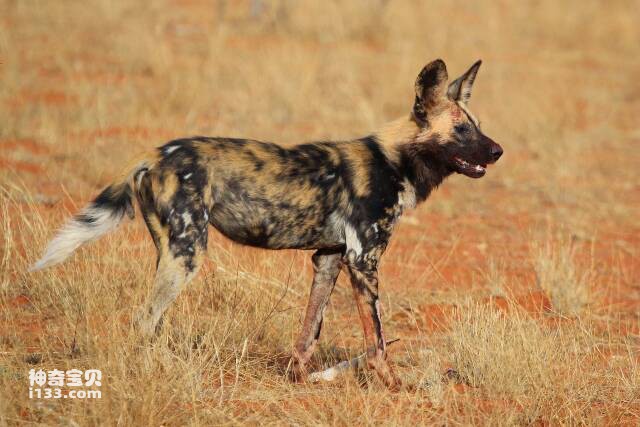
African wild dogs are highly adaptable animals that feed primarily on small mammals and birds, but will also prey on large prey such as antelope, zebra and wildebeest. When hunting, African wild dogs usually track and kill prey through teamwork. They can consume the prey's physical strength through long pursuits and work together to complete the kill. The African wild dog is now listed as an endangered species due to its declining numbers. Habitat destruction, illegal hunting and other factors are the reasons for the decline in their numbers. We need to take measures to protect and restore their living environment to ensure that they continue to survive and thrive in nature.
It should be noted that these speed rankings only represent the theoretical top speeds of various animals and do not represent their actual running speeds in their natural environment. This list is for reference only. If you have better suggestions for this ranking, please leave a comment.
animal tags:
We created this article in conjunction with AI technology, then made sure it was fact-checked and edited by a Animals Top editor.